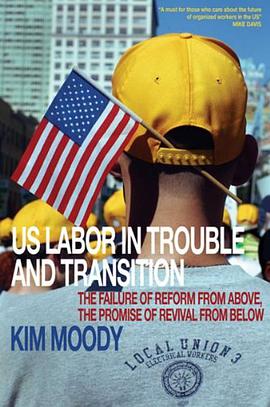

具体描述
Neo-classical economic trade theory suggests that countries on an aggregate level specialize in products that are consistent with their particular advantages and this book suggests that the predictions of the theory are broadly borne out. However, this theory is cast on a very aggregate level such as textiles and steel and the theory provides little guidance on process. Thus, there is little one learns from the theory about business, structural, and institutional practices that make a particular country more successful than others even if their broad comparative advantage is similar. Similarly, one learns little about the various forms of critical linkages or partnerships, backward and forward (induced by industrial policy or spontaneous), public-private, domestic-foreign (in a value chain context), South-South, and intra-cluster or sector that result in export success and failure in the garment industry in South Asia.
作者简介
目录信息
读后感
评分
评分
评分
评分
用户评价
相关图书
本站所有内容均为互联网搜索引擎提供的公开搜索信息,本站不存储任何数据与内容,任何内容与数据均与本站无关,如有需要请联系相关搜索引擎包括但不限于百度,google,bing,sogou 等
© 2026 book.wenda123.org All Rights Reserved. 图书目录大全 版权所有




















